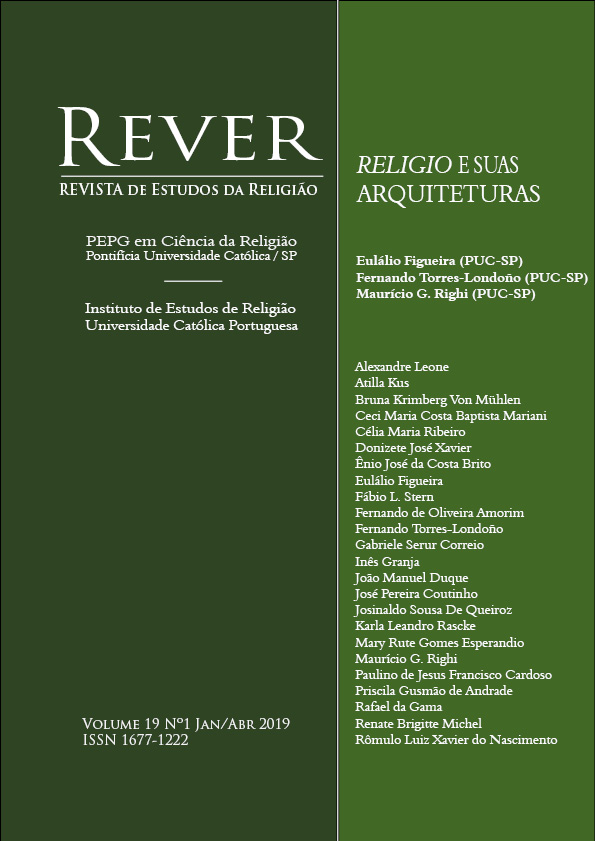Migration and architecture of sacred spaces: religion and architecture in the “cathedral” of the northeastern migrant in São Paulo, the migration experience and the reconstruction of the significance at CTN
DOI:
https://doi.org/10.23925/1677-1222.2018vol19i1a4Keywords:
Sacred space. Migration. Architecture. Religious memoryAbstract
This article’s purpose is to make a study of the architecture that can be observed in Imaculada Conceição’s chapel built in Frei Damião and Padre Cícero’s memory by their northeastern devotees, which composes the social-architectural space of the Centro de Tradições Nordestinas (CTN), located in the Limão district in São Paulo. With the study of that place, to understand not only the religion’s social function but also how the religion offers itself to migrant and to those who welcome them as a source of approach and as a way to preserve memories and, in this way, to sustain identities that are constituted in these new surroundings, where the architecture has a highlighted role. We will pursue the understanding of how the religious space, elected by the northeastern migrant, gains a differentiated architectonic structure, where are elected its symbolic elements to represent the migrant’s religiousness.
Downloads
Published
How to Cite
Issue
Section
License
Authors who publish in this journal agree with the following terms:- Authors retain copyright, but grant the journal the right of first publication, with the work simultaneously licensed under the Creative Commons BY-NC License.
- Authors are authorized to assume additional contracts separately, for non-exclusive distribution of the work published in this journal (e.g., publishing in an institutional repository or as a book chapter), as long as with acknowledgment of authorship and first publication in this journal.


